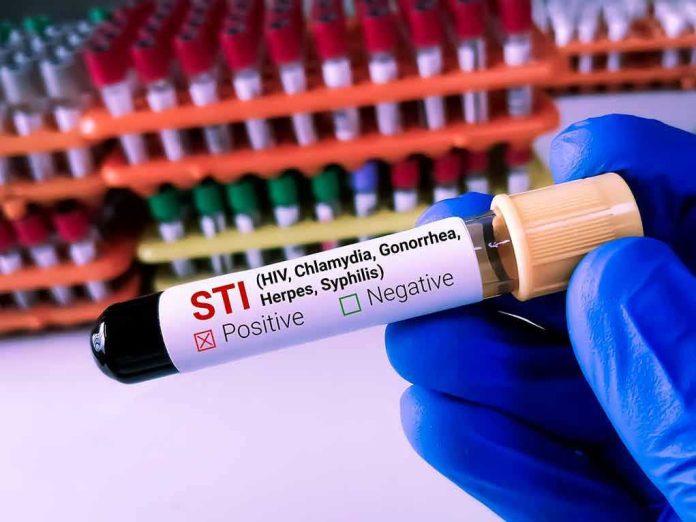
The world’s fight against HIV is unraveling, and millions of lives hang in the balance.
Story Snapshot
- Global HIV prevention has collapsed due to abrupt funding cuts, especially from major donors like PEPFAR.
- Low- and middle-income countries are experiencing widespread disruptions in testing, treatment, and prevention services.
- Children, adolescent girls, and marginalized communities are disproportionately affected.
- UNAIDS and other agencies project millions of new infections and preventable deaths by 2030 if prevention is not restored.
- The crisis exposes the fragility of global health gains and the dangers of over-reliance on a small number of donors.
The Unraveling of Decades of Progress
The global HIV response, built over decades, is now facing its most severe setback in history. Abrupt and significant cuts in international health funding, particularly from the United States, have triggered immediate disruptions in prevention and treatment services. The suspension of major programs like PEPFAR and USAID has left millions without access to life-saving interventions, especially in regions where external funding supports the majority of HIV services. The result is a rapid decline in coverage, with stock-outs of essential medicines and layoffs of health workers reported across multiple countries.
The impact is most acute in low- and middle-income countries, where community-led organizations and women-led groups are particularly vulnerable. Over 60% of women-led HIV organizations have suspended services due to funding loss, and pediatric HIV services are collapsing at twice the rate of adult programs. Early infant diagnosis has dropped by 20%, and PrEP initiations have fallen by 37% in some countries. These disruptions are not just statistical—they represent real people losing access to care, with children and adolescent girls bearing the brunt of the crisis.
The Human Cost of Funding Cuts
The immediate consequences of the funding collapse are already visible. UNAIDS reports that 570 new infections occur daily among young women aged 15–24, and 2.42 million children are living with HIV in 2024. The loss of trust in health systems and community organizations is growing, as people see services they once relied on disappear overnight. The crisis is compounded by rising human rights restrictions and punitive laws, which further marginalize vulnerable populations and make it harder to reach those most at risk.
The long-term implications are even more dire. UNAIDS modeling suggests that failure to restore prevention could lead to 3.3 million additional new infections by 2030. If U.S.-supported services collapse entirely, the number of additional AIDS-related deaths could reach 4 million. The reversal of decades of progress toward ending AIDS as a public health threat by 2030 is now a real possibility, with the potential for increased stigma, discrimination, and human rights abuses as services and protections erode.
The Fragility of Global Health Gains
The 2025 collapse in HIV prevention exposes the fragility of global health gains and the dangers of over-reliance on a small number of donors. The crisis is not just about funding—it is about the systemic vulnerabilities that have been ignored for too long. Even a 3% annual drop in PrEP coverage could add $3.6 billion in lifetime medical costs in the U.S. alone, and the strain on already fragile health systems in low-income countries is immense. The fragmentation of HIV commodity markets threatens supply chains and quality control, weakening global health security and development goals.
Experts agree that the 2025 funding shock is unprecedented in scale and impact. Peer-reviewed analysis confirms that preventable deaths and perinatal transmissions are expected to rise sharply. Some experts emphasize the need for radical transformation and domestic resource mobilization to reduce dependence on external funding, while others warn that without urgent restoration of international support, the global goal of ending AIDS by 2030 is unattainable. The crisis is a stark reminder that global health gains are not guaranteed—they require sustained commitment and investment.
Sources:
UN News: Cuts to HIV funding ‘most significant setback in decades’
ReliefWeb: AIDS Crisis and Power Transform 2025 Global AIDS Update
Clinton Health Access Initiative: 2025 HIV Market Report
PMC: The 2025 HIV Funding Crisis
AIDSVu: New Study Forecasts Surge in Preventable HIV Infections
PMNCH: Childhoods at Risk 2025 HIV Data
UNAIDS: Global AIDS Update 2025
EATG: Childhoods at Risk 2025 HIV Data










